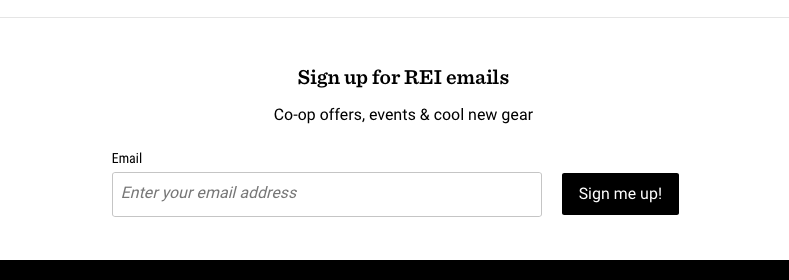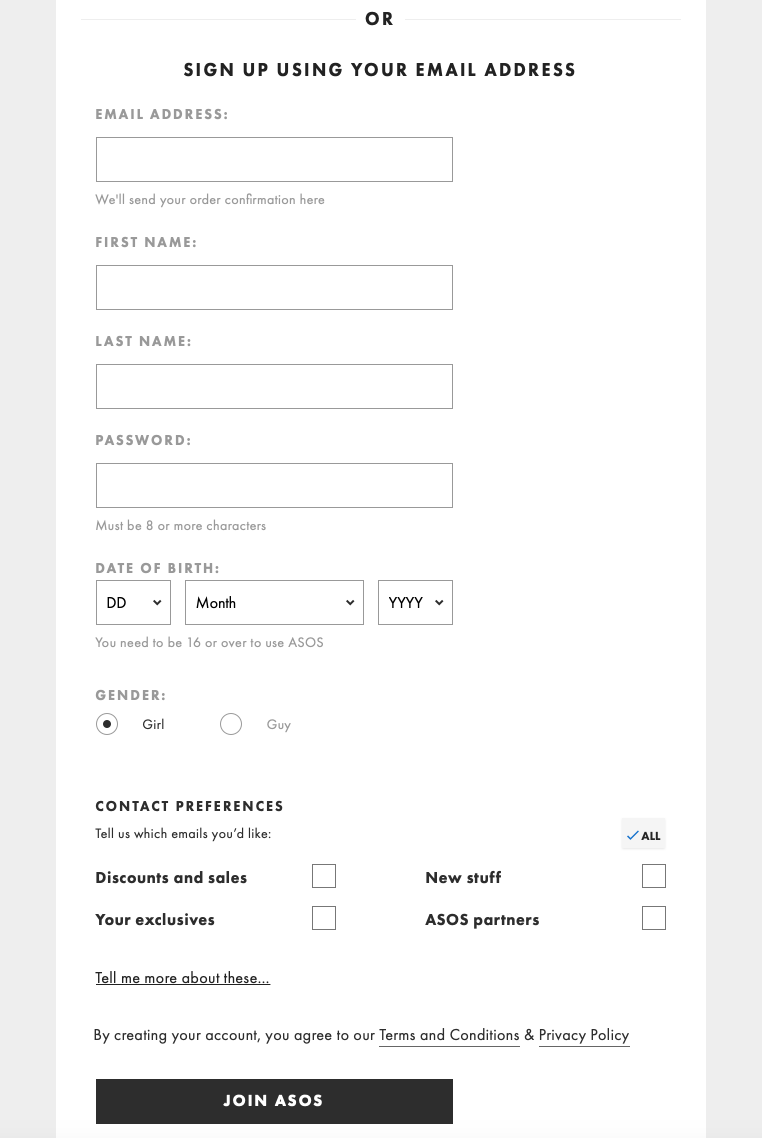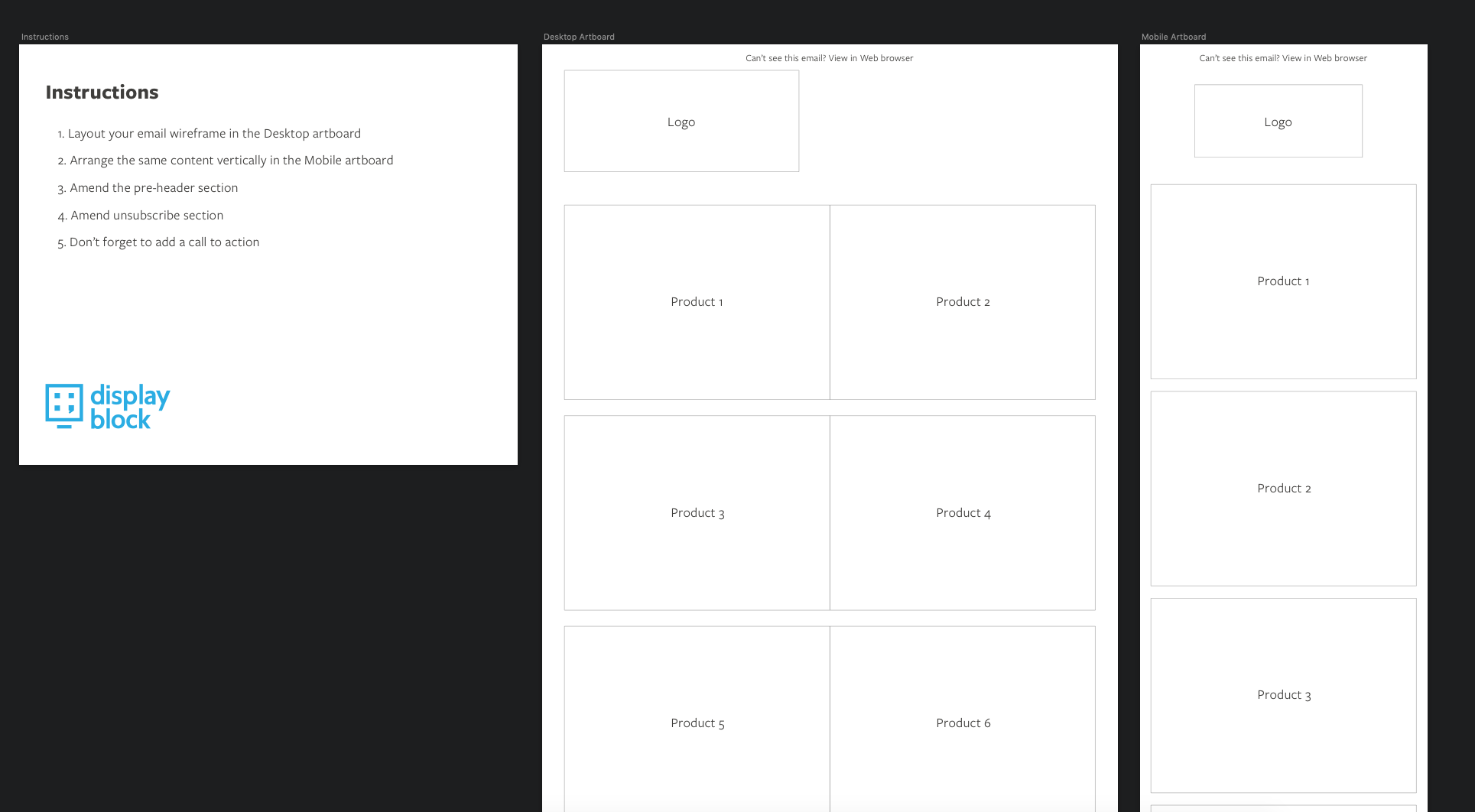Starting out with email marketing for small businesses can seem like an impossible task. You have to make time to create content, you need to update your list of subscribing customers and many other tasks. All these tasks take time out of your work day. Marketing with email can also seem like a legal minefield with GDPR legislation to consider as well as all the laws governing spam email.
Email marketing does not need to be difficult, however. It is easily the cheapest and most effective form of Marketing. 73% of marketers rate email as the number one digital channel for ROI (Marketing Week). It is also more often people’s preferred method of receiving marketing communication. Litmus’ 2016 State of Email Report found email is still the preferred medium for communication with 72% respondents choosing it over other channels (Litmus). Email is also the best return on investment compared to all other forms of advertising.

Making a good sign up form
Email sign up forms can help you grow your email list. Less is more when it comes to your form. Often, just an email address is all you need. However, if you want to personalise your emails or do any segmenting of your list, you may want to add a field for first name, county or other relevant information. Remember, you can always ask your subscribers for more information at a later date. It is much better to start off with just email, and maybe first name, and then incrementally increase the data on a subscriber over time.
Remember, you can always ask your subscribers for more information at a later date.
To be GDPR compliant you need to remember your sign up form needs to not only capture data, but it also needs to get the person’s consent. The form should clearly state that you intend to send email marketing to that address. Your form also needs to detail how to unsubscribe from the list. Lastly, it is important to display or link to your privacy policy where you should detail how and who handles the data, as well as how you keep subscriber data private and safe. People have a right to request the data you have pertaining to them and also they have the right for that data to be deleted. Lastly, it is recommended to have some inbuilt spam protection in the form. Services like recaptcha protect your form from erroneous sign ups.

Get your sign up form noticed
Make sure it is very easy for people who visit your website to sign up for email marketing. Including it in multiple formats as well as leading site visitors to the sign up form is very important. It is important to tell your subscribers why they should sign up to your email newsletter. Telling people they might receive special discounts, early access to sales or membership to a VIP club are all great ways to create an incentive to sign up to receive email. Make sure you include you email sign up form somewhere prominent, like your homepage, or keep it somewhere where it can appear on every page of the site, like in the header or footer of the site. This will allow you the chance to capture email sign ups no matter where people enter the site.
Keep it regular
One of the biggest reasons new ventures in email marketing can fail is lack of consistency. The first three or four emails might go out okay, but after that the schedule becomes haphazard and deadlines are missed. It’s very important to create an email schedule as well as a plan for creating all the new content to go into all those future emails. It’s easy to commit to sending an email every week, but if your business is not getting new products every week or you’re not writing new blog posts each week it can be difficult to create different emails for that schedule. You should consider matching the schedule to how often you can produce new content for you emails.
Wire-frame your design ideas
It’s important to plan how you are going to layout all your content within an email. Putting all your content into boxes is not only a quick and easy way to organise emails, but it also will help your email designer quickly create a good looking email template. You can download this Sketch email template to help plan your emails.

Keep analysing and adjusting
While it is vital to keep your email sends going out in a regular fashion, it’s also important to change according to your results. Experiment with sending times and days. You might find a mid-morning send during the week performs much better than emails sent on the weekend. Your analysing should not just stop at send times. Most email service providers should provide you with click-map reporting. This is usually an interactive graphic to show you where on the email you are getting the most clicks. This will allow you to experiment with adding more of the content people enjoy.
You should plan on continual improvement of you emails all the time. You should see your email template as something that is fluid and something that will change over time based on user engagement and analysis. Don’t just create one template and then send out the same design for the entire year. You will likely find diminishing engagement with your email if you choose this approach.
Define how you are going to check your emails
Coding emails is arguably more complicated than coding web sites. The actual emails are coded using HTML tables for layout and there are few different styles to choose from; static, responsive and hybrid. Each style has its own pros and cons. At the time of writing nearly all emails are coded using the Responsive email coding style. Email is more complicated than web site coding mainly due to vast number of email clients. Websites usually only have four five main browsers to contend with where there are hundreds of different email clients each with their own unique rendering quirks. It is for this reason that it is vital to create a robust testing process. Check out our post – A robust testing process for email campaigns. We highly recommend using a web service like Email on Acid or Litmus to check how your emails render across all the various email clients.
In the second part of this blog post I’ll explain how to go about creating an email design system and list our possible emails you can send to help get you started.


